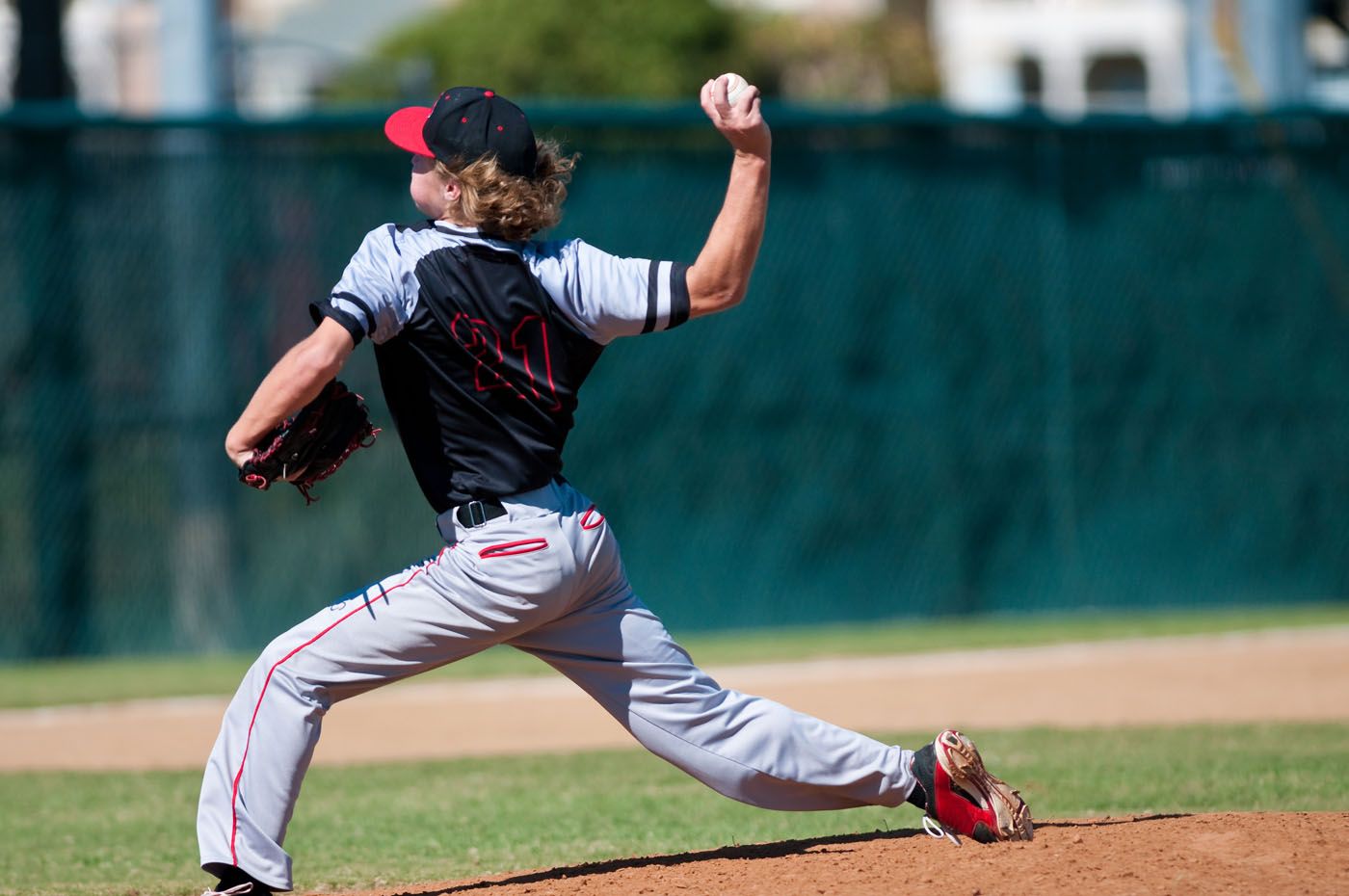Unraveling UCL Elbow Injuries: Insights for Overhead Athletes and Grappling Enthusiasts
Written By: Dr. Jay Copeland, PT, DPT, CSCS, CF-L

Let’s shine a spotlight on Ulnar Collateral Ligament (UCL) injuries, a common concern for overhead athletes such as throwers and Brazilian Jiu-Jitsu (BJJ) practitioners. As a physical therapist specializing in sports medicine, I’m excited to share insights into understanding, managing, and preventing UCL elbow injuries in these dynamic athletes.
The Anatomy of UCL and Its Importance
Before we delve into the specifics of UCL injuries, let’s understand the anatomy. The Ulnar Collateral Ligament is a vital stabilizing structure on the inner side of the elbow, crucial for maintaining joint integrity during overhead throwing motions and grappling maneuvers. The repetitive stress and high demands placed on the elbow in these sports can predispose athletes to UCL injuries.
Recognizing UCL Injuries in Overhead Athletes and Grapplers
Athletes involved in throwing sports like baseball, softball, or volleyball, as well as grappling sports like BJJ, may experience UCL injuries due to different mechanisms. Throwers often face overuse injuries, where the repetitive stress of high-velocity throws strains the UCL over time. On the other hand, BJJ athletes may encounter acute injuries from sudden twists, grips, and torque forces during grappling exchanges.
Symptoms and Diagnosis
Identifying UCL injuries early is crucial for effective management. Athletes may present with symptoms such as pain along the inner side of the elbow, a feeling of instability or “giving way” during throwing or grappling movements, decreased performance or accuracy, and swelling or tenderness around the elbow joint. A thorough clinical examination, proper subjective, valgus stress special testing, and imaging studies like MRI or diagnostic ultrasound, helps in diagnosing and grading the severity of UCL injuries.
Treatment Strategies for Overhead Athletes and BJJ Practitioners
Our approach to managing UCL injuries in these athletes is multifaceted and tailored to individual needs:
- Conservative Management: Mild to moderate UCL injuries may respond well to conservative treatments. These include relative rest, activity modification, and a structured physical therapy program focusing on strengthening the surrounding muscles, improving joint stability, and optimizing biomechanics.
- Surgical Intervention: In cases of severe UCL injuries or when conservative measures fail to provide relief, surgical options like UCL reconstruction (commonly known as Tommy John surgery) may be considered. Post-operative physical therapy is then crucial to ensure optimal recovery and return to sport.
- Rehabilitation Protocol: Whether treated conservatively or surgically, structured physical therapy is a cornerstone of recovery. We emphasize restoring range of motion, building strength and endurance, enhancing neuromuscular control, addressing movement patterns, and gradually reintegrating throwing or grappling activities based on a progressive plan.
- Return to Sport Criteria: Athletes undergo rigorous assessments before returning to full sports participation. This includes achieving specific strength and functional milestones, demonstrating proper technique and mechanics, and ensuring the repaired or rehabilitated UCL can withstand the demands of their sport without compromising performance or risking re-injury.
Prevention and Performance Optimization
Beyond injury management, we focus on prevention strategies and performance optimization for overhead athletes and BJJ practitioners. This includes biomechanical analysis, technique refinement, workload monitoring, injury prevention exercises, recovery protocols, and education on self-care practices to promote long-term joint health and athletic longevity.
Empowering Athletes for Success
Our goal as physical therapists is not just to heal injuries but also to empower athletes with knowledge, skills, and tools for resilience and success. By fostering a collaborative approach with coaches, trainers, Doctors, and athletes themselves, we create a roadmap for injury prevention, rehabilitation, and peak performance.
Conclusion
In conclusion, UCL elbow injuries pose unique challenges for overhead athletes and grappling enthusiasts, requiring a comprehensive and individualized approach to diagnosis, treatment, and prevention. Through evidence-based practice, cutting-edge rehabilitation protocols, and a deep understanding of sports-specific demands, we aim to guide athletes on their journey to recovery, strength, and excellence in their chosen disciplines.
Here’s to healthy elbows, resilient athletes, and a passion for the game!
Browse Our Blog
Categories
- Conditions (60)
- Ankle (4)
- Back (6)
- Elbow (4)
- Head & Neck (4)
- Hip (5)
- Knee (6)
- Pelvic (5)
- Shoulder (7)
- Wrist & Hand (3)
- Exercise & Movement (50)
- Physical Therapy (58)
- Therapydia Team (4)